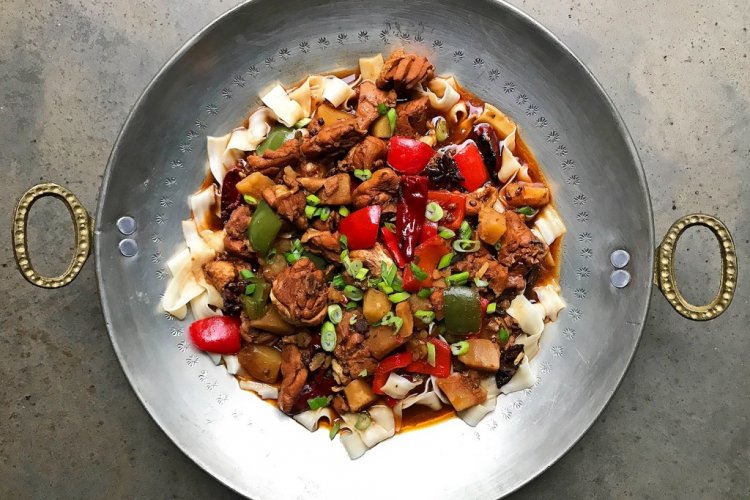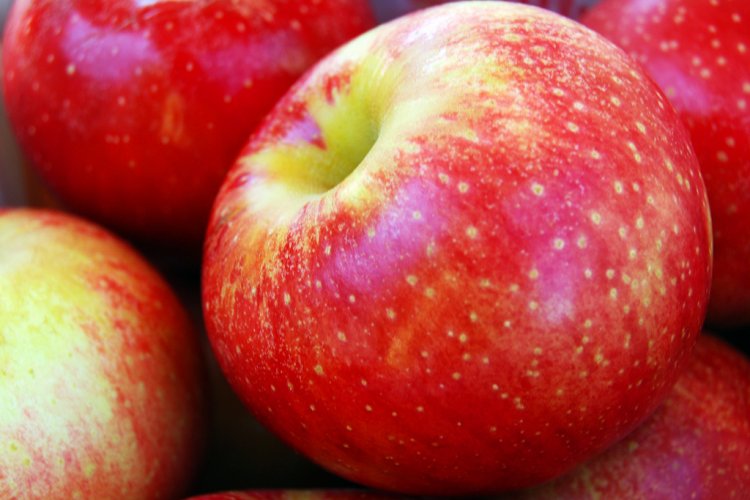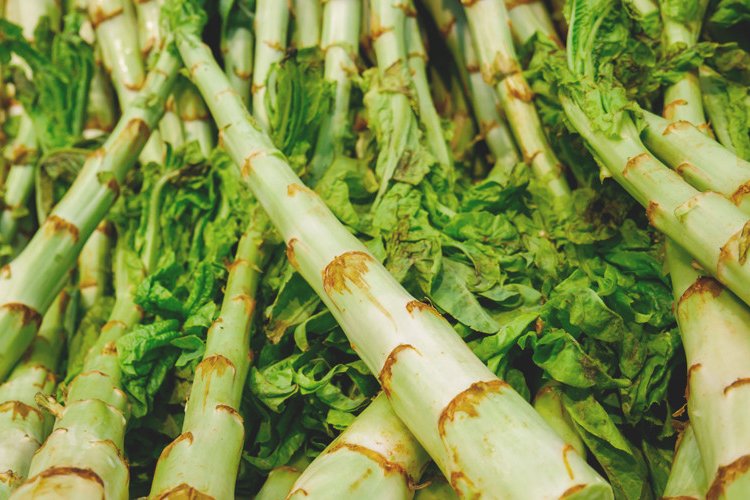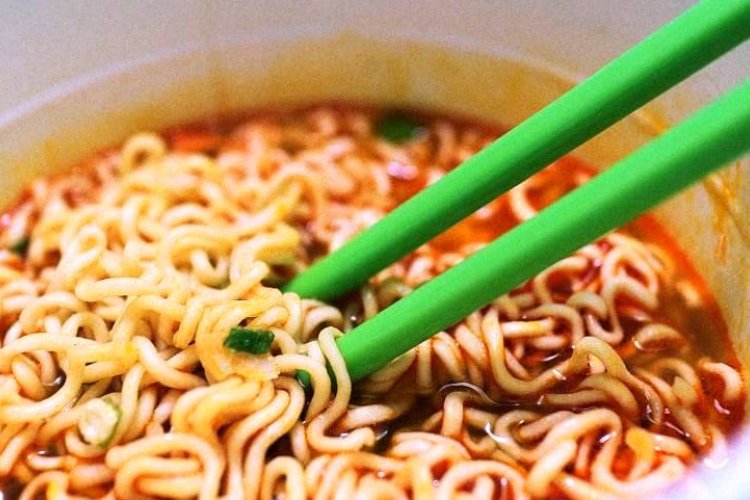Wokipedia: E is For ...
“Wokipedia” is a regular magazine column in which we introduce aspects of Chinese gastronomy, one letter at a time.
… eggplant 茄子
Eggplant, or qiezi, are to Chinese cuisine what shrimp was to Bubba in Forrest Gump. Eggplant can be steamed or sauteed, battered and deep-fried, or stir-fried and then flavored with chilli sauce, meat, garlic, broad bean paste or tomato paste. You can make it extremely spicy or keep it pleasantly mild, almost bland. You can serve it cold or hot, over noodles or in soup, chopped up in tiny pieces or in long stringy strips. Even though this fruit (yes, it’s technically a fruit) is native to India, China’s now the world’s largest producer, having turned out 24 million tons in 2010.
… egg 鸡蛋
There are few cultures that don’t feature chicken eggs in their diet, but China has certainly put its own spin on them. There are revelations like custardy steamed egg, tea-braised eggs (chaye dan), salted duck eggs and even the polarizing century egg (pidan) – which, when done right, tastes so much milder and creamier than it looks. Then, of course, there’s the real kicker: eggs soaked in the urine of young boys. Before you wrinkle your nose, just remember that any egg gives you every single amino acid your body needs – in one big, slippery bite.
… Erguotou 二锅头
I f you’ve been to any banquet hosted by a Chinese person, you’ve probably been offered all manner of fancy baijiu. But Erguotou, which effectively means “twice distilled,” is the brawny blue-collar version associated with our city. Next time you’re heading to a friend’s house for dumplings, pick up a bottle of Red Star on your way. It’s about as Beijing as showing up on your Flying Pigeon.
… egan 鹅肝
The Chinese are no strangers to goose liver, or egan. For decades, southerners have put it to use filling tasty sausages. That said, Chinese folks are also developing quite a taste for French versions of the fancy offal. China’s now among the top five or six in the world for both producing and consuming the rich, creamy stuff. Guess it’s time you learned how to say it in Mandarin.
Click here to see the November issue of the Beijinger in full.
Photo: foodqs.cn






